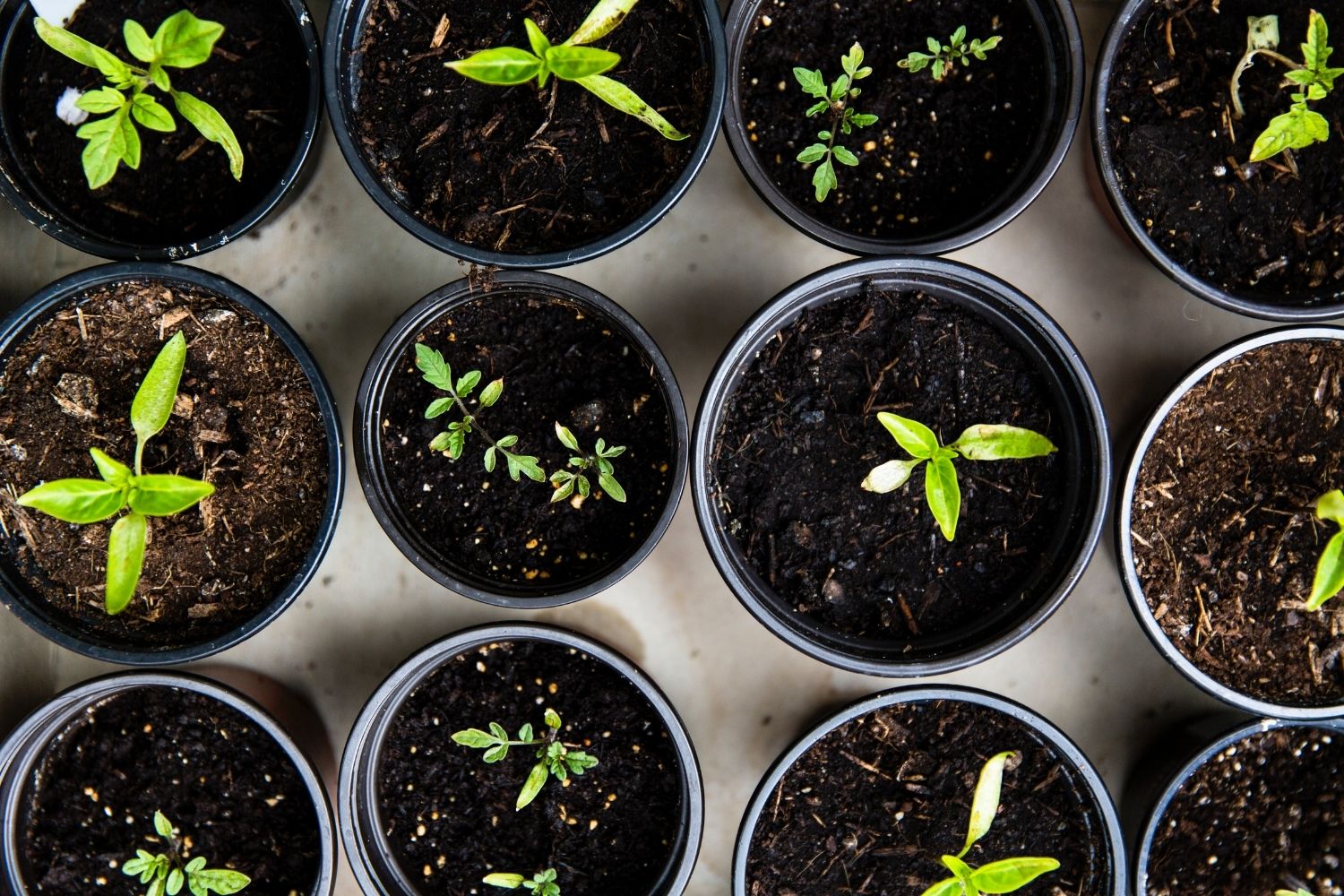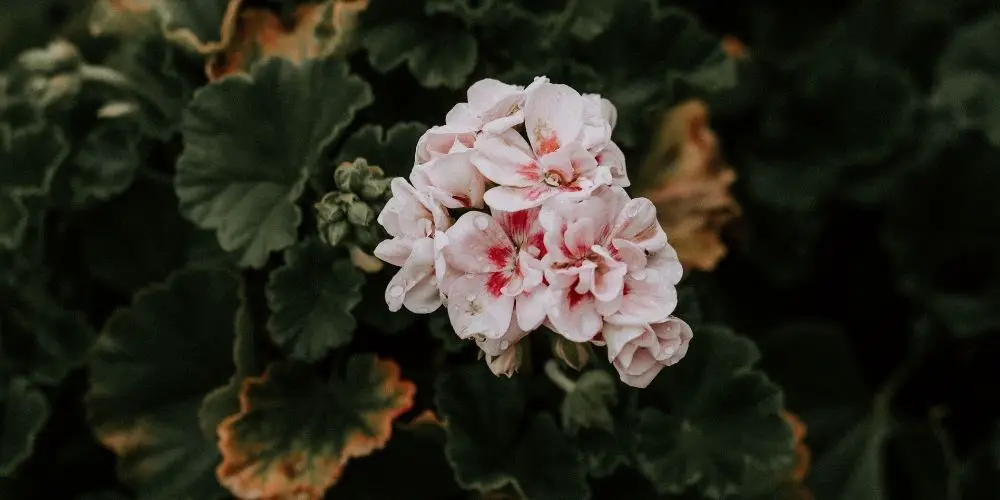Container gardens are a great way to have your own herb garden, fresh vegetables, and flowers. When you are considering the best time of year for container gardening, there are some things to keep in mind.
Winter/Fall
If you live in an area that has frost or freezes in the winter, this is not the time to start container gardens outside. You will need to wait until early spring when it warms up before planting outside containers. If you live in an area that does not get much cold weather, fall would be an ideal time to begin your container garden because temperatures are still mild, but plants will go dormant for the winter months, which gives them enough time to root well before spring comes around again.
Springtime
This is an ideal time to begin container gardening. You can select your plants and get them started in containers. It gives them enough time to root well before the heat of summer comes around, but you will need to be mindful of watering because it can dry out quickly in the hot weather (and you don’t want the roots to rot). If you are able, set some irrigation up so you won’t have to remember as often.
Summertime
Depending on where you live, there are pros and cons for starting a container garden during the middle of the growing season when it’s nice and warm outside. The upside is that your plants will produce very quickly because they are already growing in good soil with lots of sun exposure. The downside is that you will have to keep track of the watering more carefully because your containers dry out quickly in high heat.
Fall/Winter
This time of year is a good option for container gardening, too. In areas where there isn’t much cold weather, you can start your garden in late summer when things are slowing down and let it produce well into fall until temperatures get chilly. You can also plant in early spring when everything starts to wake back up again. Just keep in mind that if you live in an area where there is a freeze, your plants will go dormant during the winter months, which will give them enough time to root before spring comes around again. This option works best if you have hardy plants that aren’t killed by frost.
- When is the best time to plant Tomato Seeds?
- What Month Should You Start a Garden?
- How late in the year can I plant my vegetable garden?
Combination planters
If you live in an area where there are different seasons, this is a great option. You can plant your container garden in the fall but have it produce all the way through winter until it starts to get too hot outside. Then when spring comes around, you can transfer the plants outdoors if necessary or just do some planting for summer. This will give them enough time to root well before they go dormant again in the heat of summer. You can also start your containers indoors with your transplants and then set them out on cooler days throughout early fall while they last. Just keep in mind that some areas still get frost in autumn, so hardy plants are best suited for this scenario. Either that or you can start your containers in the early spring and have them produce through summer.
What to consider
When doing a container garden, there are a few things you need to do differently from planting inside the ground. One of these is fertilizing. You don’t want to overdo it with regular fertilizer because there’s no soil for it to break down in and make nutrients available for the roots. Make sure you find something called “container fertilizer,” which will give specific instructions on how much you need to use. Another thing that should be done differently is watering.
For soil gardens, it’s best to water deeply once a week so that moisture reaches all the way down into the root area. With container gardening, this isn’t possible unless you have a self-watering container. Soil tends to get compacted in containers, so even if you water daily, the roots will only get the moisture on the top layer. To combat this problem, either uses lighter potting soil or add some sand or perlite (which are both very cheap) to create more space for better drainage.
Some plants do well in containers because they can be pruned back regularly to keep them from getting too big. These include strawberries, tomatoes, roses, herbs, and leafy greens like lettuce. Many annual vegetables thrive in pots, such as squash, cucumbers, and zucchini which produce long vines that need support. Every year, go through your garden center catalogs when your plants start to die back in the winter or go into dormancy in summer to see what you can grow indoors when it’s too hot.















